17 Things We’ve Learned About Dingoes from Ancient DNA
If you’ve ever been curious about what dingoes truly are and where they come from, you’ve landed on the right page. These wild dogs have been around Australia for thousands of years, but their story has always intrigued scientists and animal enthusiasts alike. Plus, their origins have always been a bit of a mystery, too – up until now!
Thanks to some mind-boggling discoveries in ancient DNA research, we are able to put together the puzzle pieces from their past and know this creature better. Ready to do your own diagnosis? Let’s go and learn more about dingoes!
Their Arrival Dates Back Thousands of Years
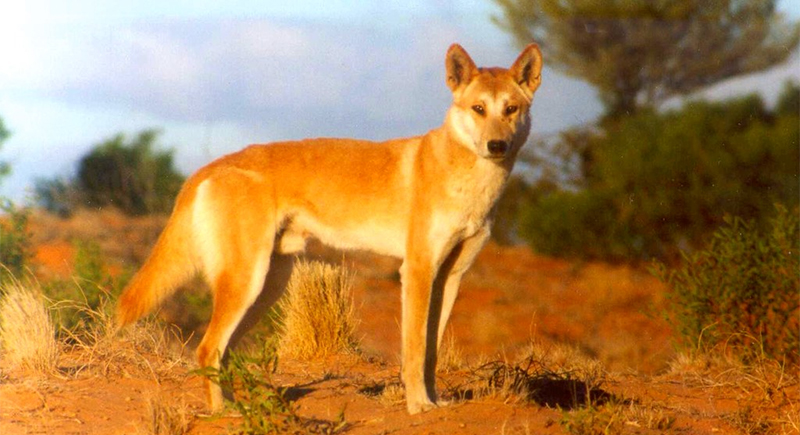
Credit: flickr
Did you know dingoes aren’t native to Australia? DNA evidence places their arrival between 3,000 and 8,000 years ago. Likely brought over by ancient seafarers, these wild dogs quickly made their mark on the continent’s ecosystems and became one of its most recognizable species.
Not Your Average Feral Dog
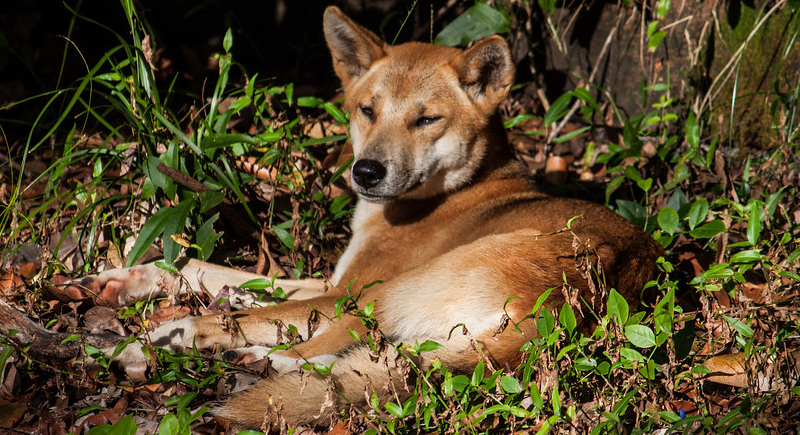
Credit: flickr
Many assume dingoes are just stray dogs gone wild, but that’s far from the truth. Scientific findings confirm that dingoes have retained a unique genetic identity. Unlike other wild canines, they remain closer to their ancient ancestors, making them a one-of-a-kind species.
Two Journeys, Two Populations
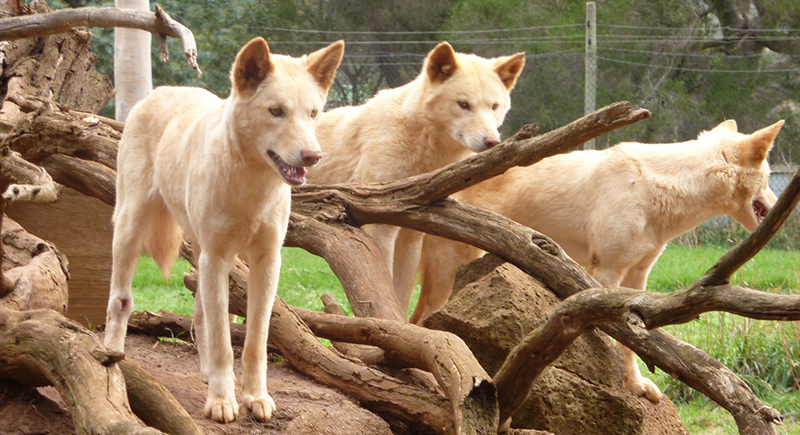
Credit: Wikimedia Commons
Here’s a twist: Dingoes may have arrived in Australia in two separate waves of migration. This explains why eastern and western populations show clear genetic differences. These journeys, though separated by time, shaped the diversity we see today.
Nature Divided Them, Not Fences
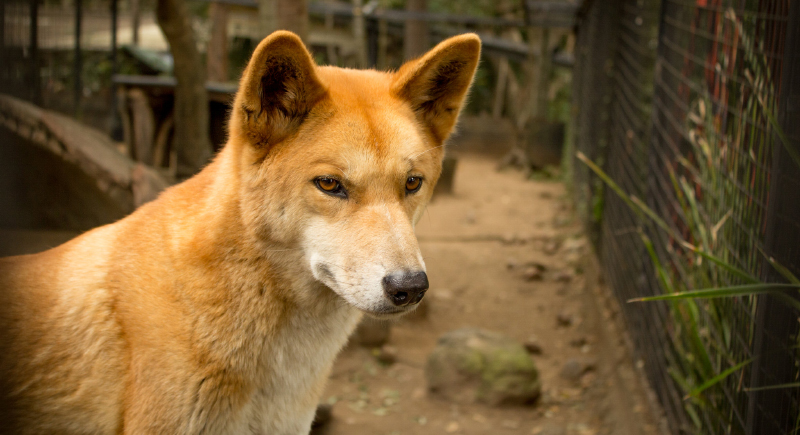
Credit: flickr
You might think Australia’s vast dingo fence split their populations, but it didn’t. Long before humans constructed barriers, natural features like mountains and rivers played a huge role in keeping eastern and western dingoes apart.
Ancient Dingoes Stayed Pure
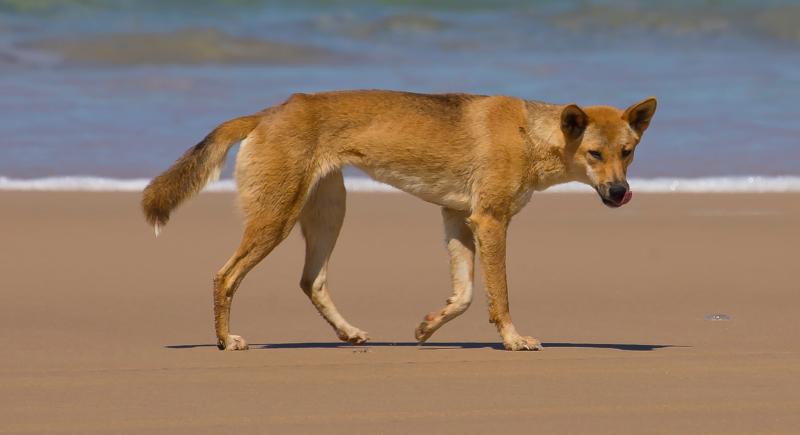
Credit: flickr
For years, people believed dingoes interbred with domestic dogs. Recent DNA research proves otherwise. Ancient dingoes maintained their genetic purity, preserving traits that have remained largely unchanged for thousands of years.
A Surprising Connection to Singing Dogs
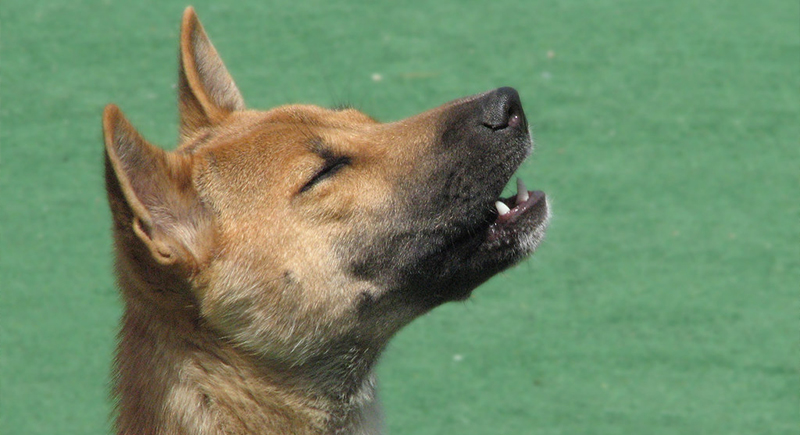
Credit: flickr
Dingoes have some unexpected relatives: New Guinea singing dogs. These rare canines share genetic links with dingoes, suggesting they once mingled thousands of years ago. This discovery ties their histories together in fascinating ways.
Guardians of the Ecosystem
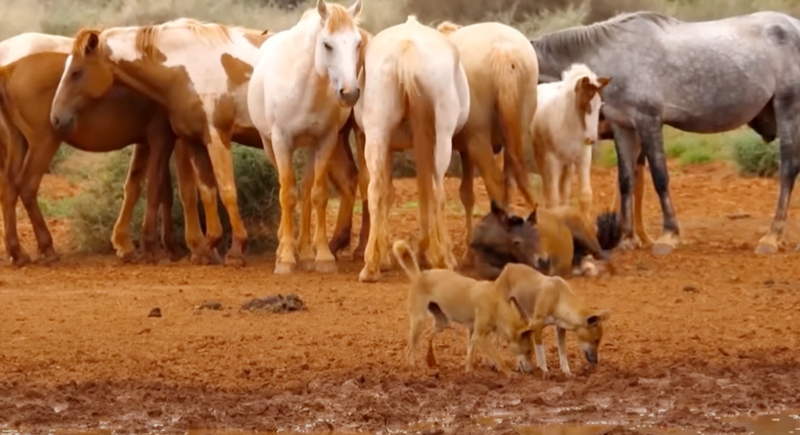
Credit: Youtube
Dingoes do more than roam the outback—they help keep nature in balance. By preying on animals like rabbits and kangaroos, they prevent overpopulation and protect vegetation. Without them, ecosystems could face serious challenges.
Deep Roots in Indigenous Culture
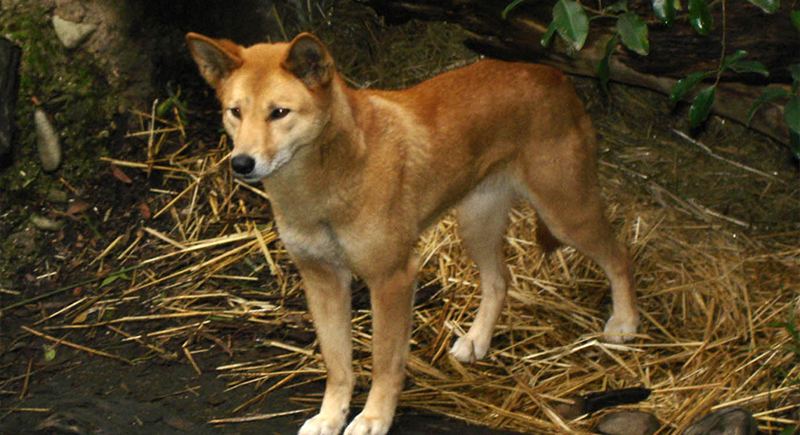
Credit: Wikimedia Commons
For Indigenous Australians, dingoes are more than wild animals. They hold cultural and spiritual significance, appearing in stories, ceremonies, and daily life. This connection reflects a bond between people and nature that has endured for generations.
Dingoes Hitched a Ride to Australia
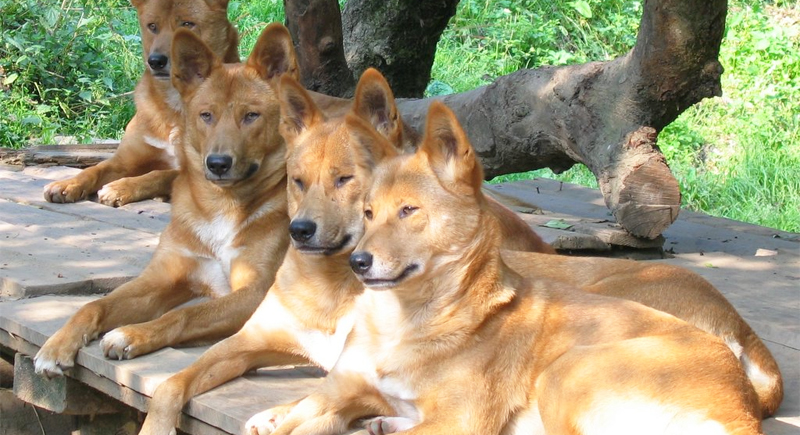
Credit: Wikimedia Commons
Ancient mariners may have brought dingoes to Australia as companions or for practical reasons. Their journey across seas shows how human migration often influenced the movement of animals, adding another layer to dingoes’ fascinating backstory.
Masters of Adaptation
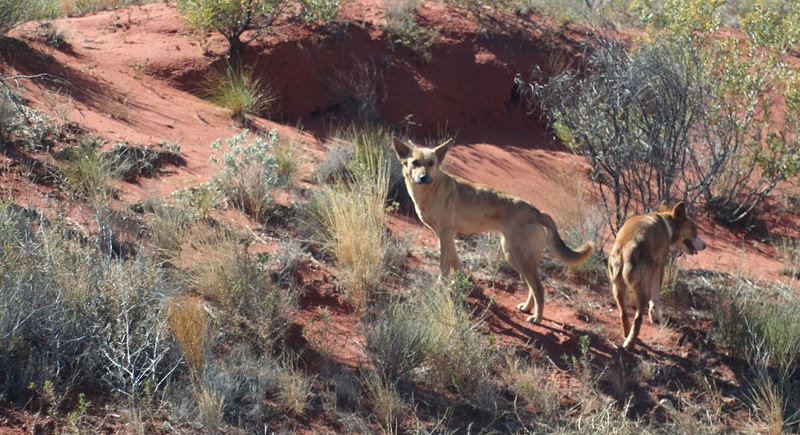
Credit: flickr
Whether navigating arid deserts or lush forests, dingoes have proven themselves highly adaptable. This versatility has allowed them to thrive in some of the harshest environments on the planet, showcasing their resilience and resourcefulness.
Dingoes Communicate in Unique Ways
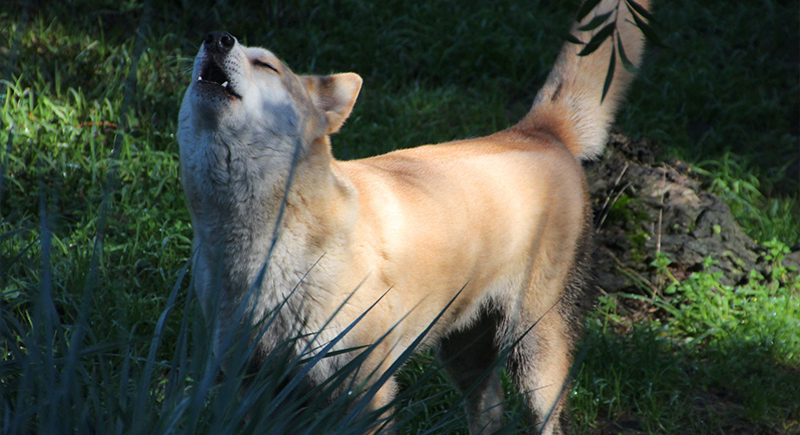
Credit: Wikimedia Commons
Unlike domestic dogs, dingoes rarely bark. Instead, they communicate through howls, growls, and yips. These sounds serve specific purposes, like warning off intruders or reuniting with their pack. Their howling is especially distinct and can travel over long distances.
Tracing Their Travels Through DNA
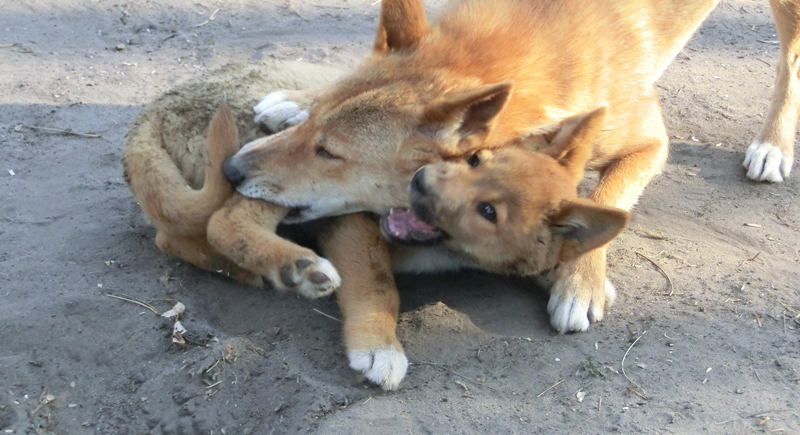
Credit: Wikimedia Commons
Ancient DNA acts like a map, revealing where dingoes have been and how they spread across Australia. By analyzing these genetic clues, researchers are piecing together their journey and the impacts they’ve had along the way.
Saving Dingoes Saves Ecosystems
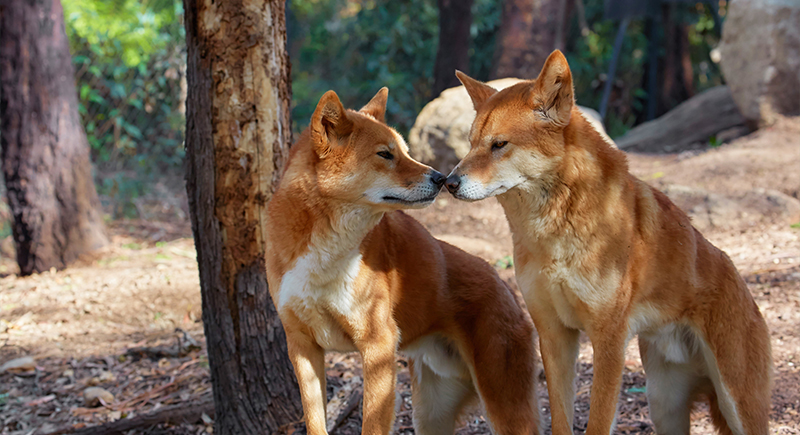
Credit: Wikimedia Commons
Keeping dingoes safe isn’t just about protecting one species. Their role as apex predators benefits the entire ecosystem. By conserving them, we also support countless other plants and animals that depend on the balance they help maintain.
Conservation Laws Could Change for Dingoes
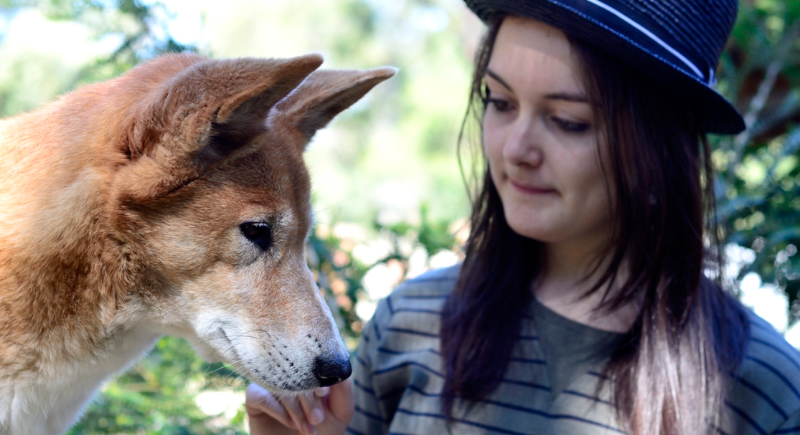
Credit: flickr
The discovery of dingoes’ genetic purity has sparked discussions about their legal status. Recognizing them as a distinct species could lead to stronger protection, ensuring these remarkable wild dogs have a future in Australia’s diverse landscapes.
Dingoes Are Exceptional Hunters
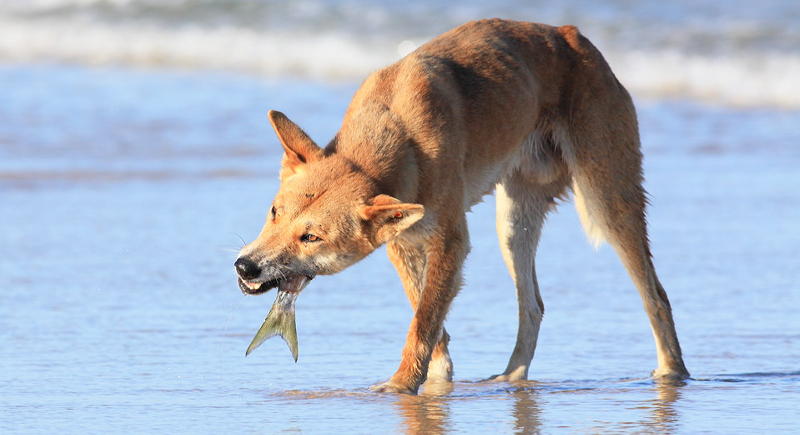
Credit: flickr
Dingoes are skilled hunters who adapt their techniques based on prey and the environment. They hunt alone for smaller animals like rabbits but team up in packs to bring down larger prey such as kangaroos. This versatility makes them one of the most efficient predators in Australia.
Dingoes and Early Human Companionship
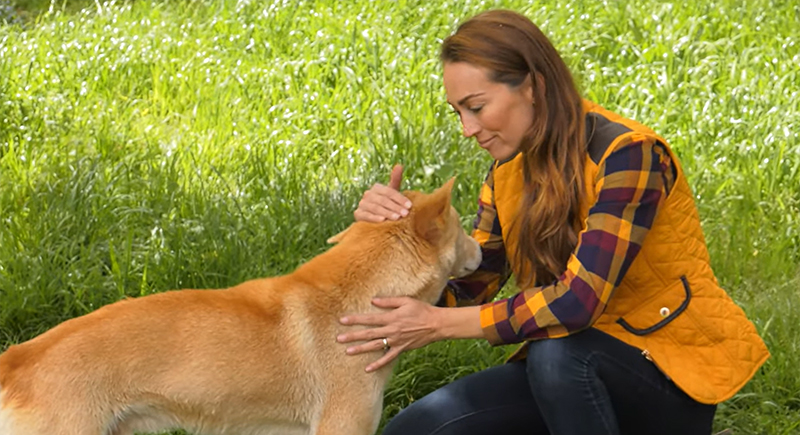
Credit: Youtube
Ancient remains suggest that dingoes once lived in close proximity to Indigenous Australians. Archaeologists have discovered evidence of dingo pups being raised in camps, treated as companions, and even buried with care similar to that of humans. These findings reveal that humans and dingoes shared deep social bonds long before European explorers reached Australia.
Seasonal Survival Strategies
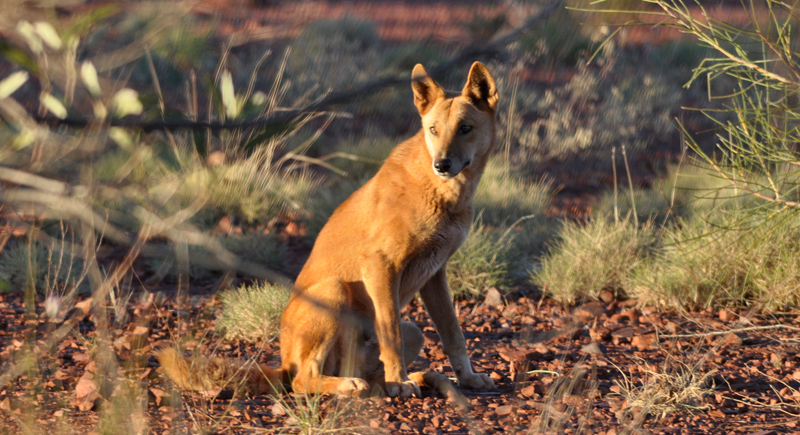
Credit: iStockphoto
Dingoes thrive in diverse environments, from deserts to rainforests, adapting effortlessly to each one. Their flexible diet and hunting skills help control other predator populations, keeping ecosystems balanced year-round. This resilience shows how the dingo evolved into one of Australia’s most efficient and ecologically vital wild species.